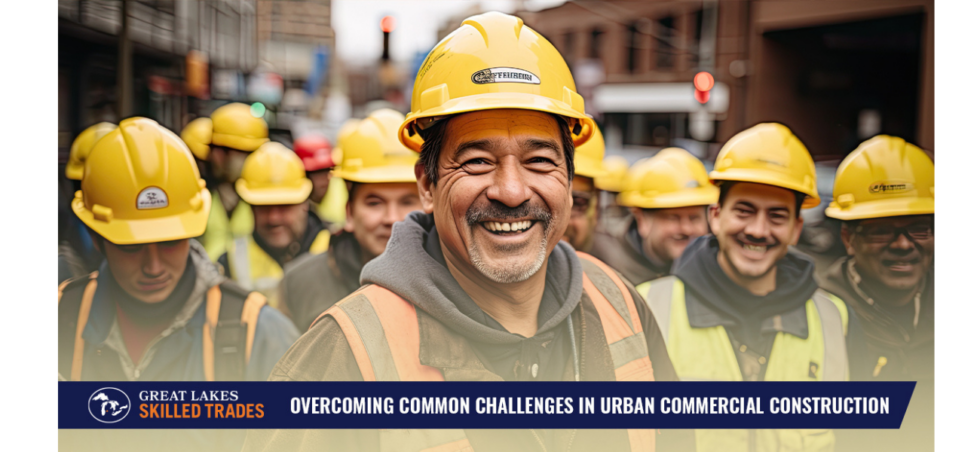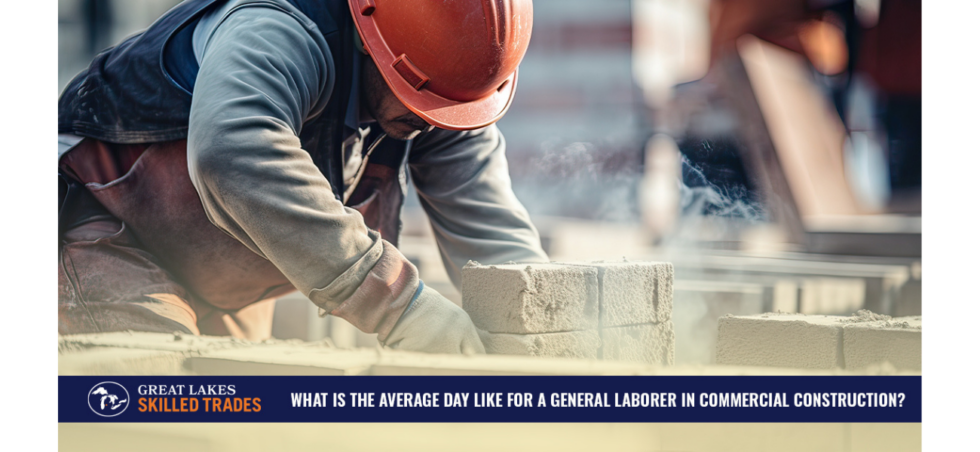Welding can be a great choice for a long-term career. It’s needed throughout the construction and manufacturing industries, so you can always find a job. To become a welder, various requirements and skills are necessary. Keep in mind that specific qualifications can vary significantly based on the employer, industry, and location. It’s best to thoroughly review the qualifications listed in each job posting to ensure you meet the specific requirements for the position you’re interested in pursuing.
Education
While a college degree is not usually required, having a high school diploma or equivalent is essential.
Training
You’ll need to complete a welding program, apprenticeship, or vocational training. These programs provide hands-on experience and teach you various welding techniques, safety protocols, and industry-specific knowledge.
Certification
While not mandatory, obtaining certification can enhance your job prospects and earning potential. Organizations like the American Welding Society (AWS) offer various welding certifications based on different techniques and materials.
Keep reading to gain an in-depth understanding of the duties of welders and the important project applications that lie ahead.
What Is Welding?
At its heart, welding is simply the act of fusing together two pieces of metal. The welding process makes the finished material stronger and safer. Welders may work high in the air or in confined spaces, which means a key skill is the ability to control fear and work confidently under any circumstances. You’ll also need to have good attention to detail and be willing to follow all safety procedures.
Structural Welding
One of the biggest roles that welders play in the construction industry is structural welding. This position is what allows huge metal building frames to exist. You might work on skyscrapers, gas pipelines, or bridges, but as a welder, you’ll help to ensure that the construction project has a safe and resilient interior structure.
Creating Strong Joints
Since welding actually fuses metals together, it creates much stronger joints than would be possible with simple nuts and bolts. There are a variety of different welded joints, such as lap joints and cruciform joints. As a welder, it will be your responsibility to understand all these types of joints, to know how to create them, and to understand which joints to use under what circumstances.
Fabricating Large and Small Items
Welders also work in the fabrication, creation of large and small metal items. In the construction industry, an especially common application for welding is in the creation of metal fences and gates. Whether it’s for a home or a commercial building, you might be called upon to build a fence that is strong, tamper-resistant, and able to provide adequate protection.
These are just a few of the most common applications for welding. No matter what your specific area of interest, if you’re good with your hands, welding might just be the right career for you.
Ready for a New Skilled Trade Position?
At Great Lakes Skilled Trades, we specialize in connecting professionals in the skilled trades with contractors who need their services throughout the Great Lakes region. If you’re a skilled trade worker looking for your next position, check out our available jobs today!









